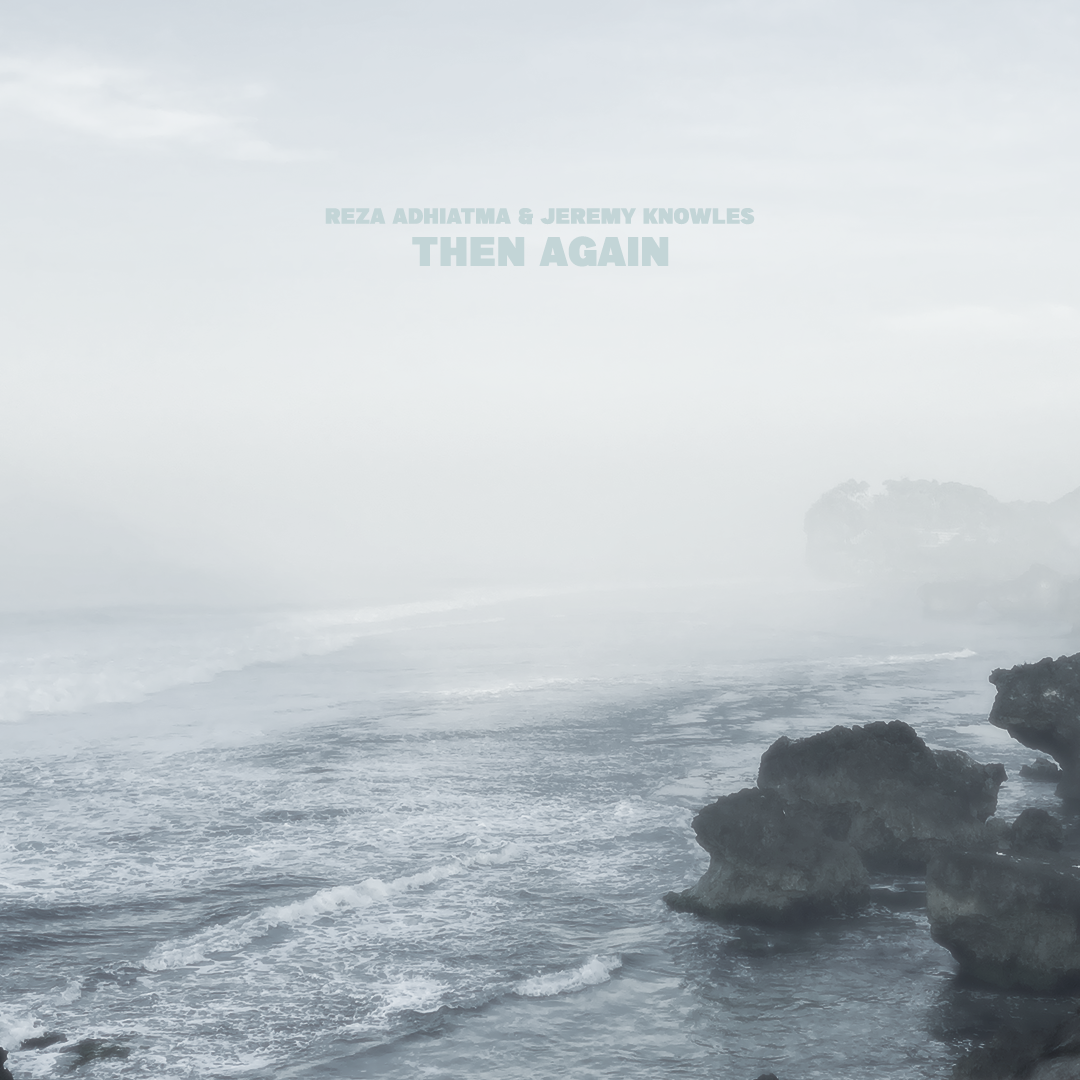As a photographer, I deal with time by default. I can set my camera to record different portions of it with each exposure: perhaps one-hundredths of a second for a static scene and five-thousandths for a scene with movement if I want to create the illusion of stopping time altogether by arresting the motion of some fast-moving ‘thing’. Indeed, on a less mechanical level, and to summon the words of Susan Sontag here, “the photographer is not simply the person who records the past but the one who invents it.”
I’ve been thinking about time recently both through the lens of my photography practice and my connection to the British natural landscape. Perhaps this is because my perception of time – specifically how much time humans and the Earth have left due to global warming – is shifting.
Taking a longer view of time by contemplating the gaps between milliseconds and millions of years requires some serious processing (and compressing), and it’s here that I find rocks quite photo-esque in their ability to record time on an otherwise incomprehensible scale – like snapshots taken from the murky soup of deep time itself. It’s hard not to slip into romantic notions of time at this scale and avoid sensing what Alain de Botton describes as a kind of “pleasing terror” when comparing the fleeting presence we humans have on Earth to the slow compression of dust and sand over millennia into great slabs of rock.
But I’m trying.
Indonesian writer Reza Adhiatma and I are working together this year on a new project to exchange perspectives on time from our respective vantage points – writing, photography, Indonesia, and the UK.
